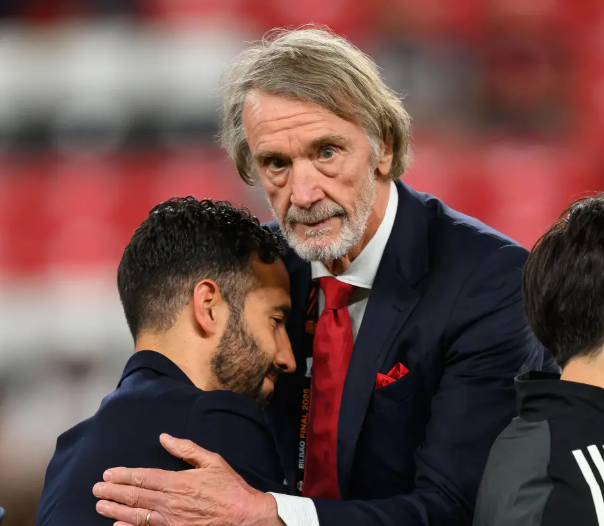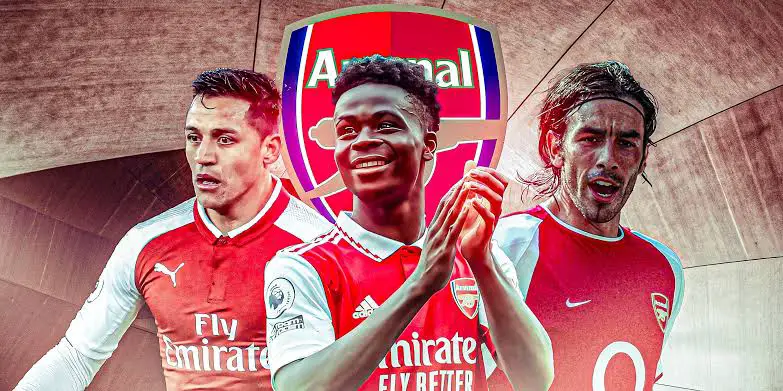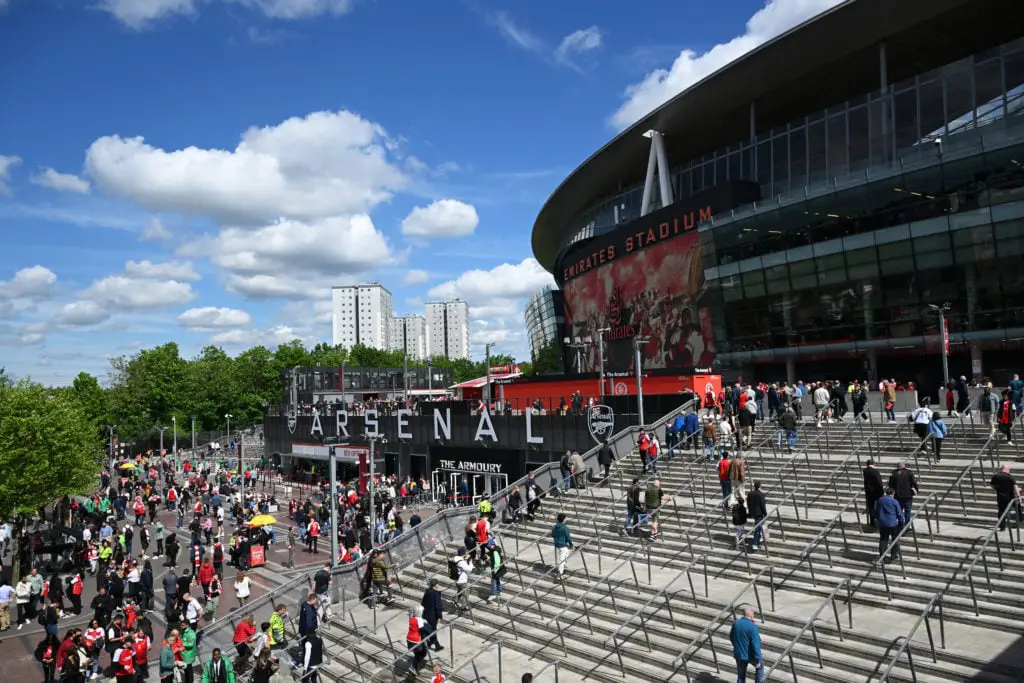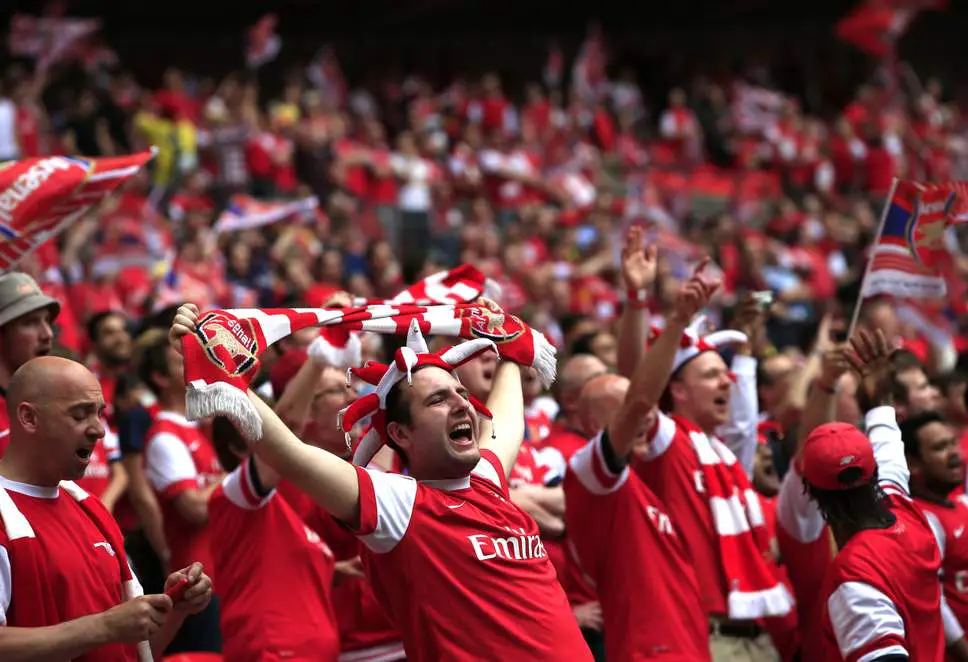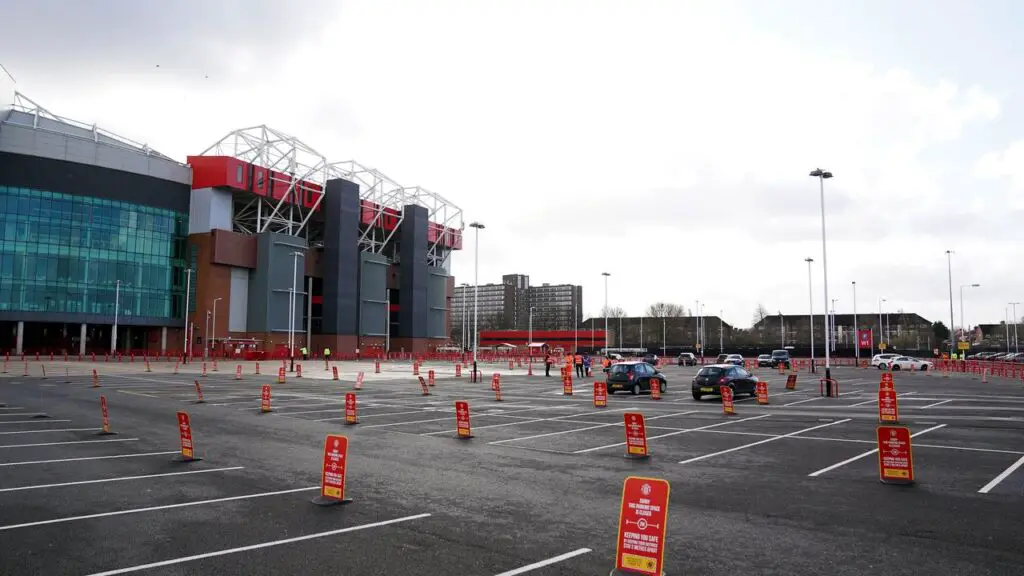The little sentence resonated like a countercurrent in a football that burns everything at the speed of a media cycle: Sir Jim Ratcliffe says he wants to give Ruben Amorim three years to demonstrate his value. At a time when the Premier League is firing coaches at the first air hole, the INEOS shareholder shows a rare desire: to protect a technical project from ambient noise and short-termist reflexes. Behind the formula, there is a method, priorities and safeguards.
A signal against the rush
To offer a horizon of three seasons is first of all to refuse the dictatorship of the next weekend. The message addressed to the dressing room, the staff and the market is crystal clear: construction takes precedence over the moment. This does not mean that there will be no pressure or intermediate objectives; it means that the evaluation will not be reduced to a series of one-off results. In an ecosystem saturated with comments, this posture creates a microclimate conducive to substantive work.
Time as a strategic resource
Time is not just a deadline; it is a learning resource. A coach needs complete cycles to test ideas, adjust roles, install automations and disseminate preparation standards. With three years, Ruben Amorim can :
- clarify your playing identity (intensity of pressing, animation of corridors, use of pistons or wingers according to profiles) ;
- synchronize recruitment, training and competition requirements ;
- build a more fluid decision chain between field, scouting and data.
This temporal depth changes everything: we no longer buy names, we recruit features (races, volumes, profiles under pressure) that stick to the game matrix.
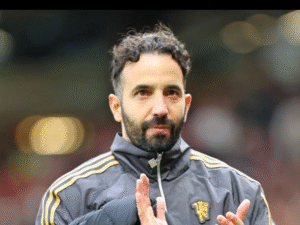
What ”three years” means, concretely
On the field, Year 1 must stabilize: clarify the non-negotiable principles (block height, distances between lines, ball exits, recovery mechanisms) and create a reproducible tactical skeleton, even in the event of absences. Year 2 aims at scalability: controlled rotation, raising physical standards, finer integration of young people and “tailor-made” recruits. Year 3 must convert the quality of play into regularity of points and results in matches with high emotional intensity.
Behind the scenes, this trajectory involves :
- a disciplined purchasing process (targeted profiles, salary thresholds, smart clauses) ;
- readable KPIs (chances created / conceded, high efficient recovery, ball progression by sequences) to control the performance beyond the raw score ;
an academy reconnected to the first team, with clear bridges and planned minutes for talents.
Amorim’s priority projects
Game identity
Install simple and demanding benchmarks: short distances to press, assumed width to stretch, vertical circuits to attack quickly after recovery. The important thing is not to multiply the systems, but to repeat behaviors that survive the changes of men.
Consistency of the workforce
Map the group by “roles” (progression, fixation, depth, coverage) rather than by traditional positions. The transfer window then becomes a functional puzzle: if the team lacks runs behind the line or a pressure-resistant relay player, we recruit to fill precisely these deficits.
Preparation and health
Competitiveness is also played out in the invisible: individualized workload, injury prevention, optimized recovery. Three years allow us to reform routines, measure and adjust without breaking everything at the first gust of wind.
Culture and leadership
Clarify roles, empower executives, create short feedback rituals. A team wins more often when it knows who is talking, when and why — on the pitch as well as in the dressing room.
How to judge the progress without falling into impatience?
Rather than piling up promises, we need to follow a few master indicators :
quality of chances (created and suffered) over 10-game windows ;
high recovery percentage converted into shots within 10 seconds ;
continuity of alignment (less tinkering, more repetition) ;
“useful” playing time of the young players (minutes under real pressure) ;
ability to close tight matches (management of the last quarters of an hour).
None of these KPIs guarantees a trophy, but their trajectory tells if the project is going in the right direction.
The risks… and the safeguards
The bet on patience has pitfalls. The first is called tyranny of the result: a negative series can weaken confidence and push to dilute the principles. The second is the off-field recruitment dissonance: if the signed profiles do not correspond to the desired game, we make a hybrid team, therefore unstable.
Hence the need for safeguards: clear sports governance, publicly accepted recruitment criteria, a quarterly evaluation grid that does not depend on the emotion of the previous day. And, above all, the coherence of communication: what is said internally must fit in with what is displayed externally.
Why this bet may pay off
Three levers make the promise credible. (1) Political protection: when the shareholder covers the coach, the dressing room knows that the vagaries of the calendar will not dictate the strategy. (2) The margin for optimization: many underperforming teams do not have a talent problem, but a consistency problem; a clear framework can quickly transform the same group. (3) Economic-sports alignment: a rigorous purchasing policy frees up margins to invest where the impact is maximum (training, sports science, rare profiles).
In short, Sir Jim Ratcliffe’s sentence does not fall under the slogan: it is a road map. Three years is not a blank check; it’s a demanding contract where measurable progress counts as much as the scoreboard. If Ruben Amorim manages to stabilize the identity, make the squad more functional and turn concepts into points, then patience will become a competitive advantage — the one that so many clubs give up at the first thunderstorm.


